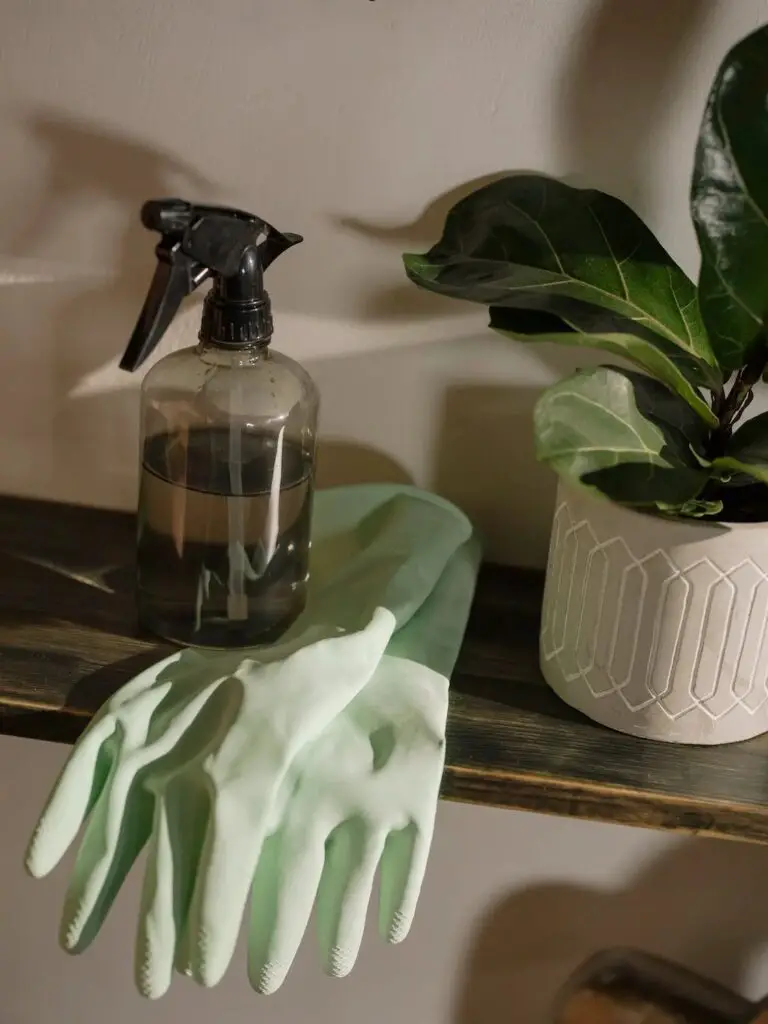Houseplants not only beautify our living spaces but also improve air quality and create a soothing environment. However, when tiny pests like soil mites appear, they can disrupt the harmony of our indoor gardens. Soil mites are microscopic arthropods that live in the soil, feeding on organic matter and sometimes plant roots. In this article, we will explore the world of soil mites, understand their impact on houseplants, and discuss effective methods to prevent and treat their infestation.
Table of Contents
Understanding Soil Mites
1.1 What are Soil Mites?
Soil mites, scientifically known as Acari, are a diverse group of arthropods that inhabit the soil. They play an essential role in the ecosystem by breaking down organic matter and aiding in decomposition. While most soil mites are harmless and even beneficial to plants, certain species can cause damage and become pests.
1.2 Identification of Soil Mites
Identifying soil mites can be challenging due to their small size, ranging from 0.2 to 2 millimeters. However, with careful observation, you may notice their presence in the soil or crawling on the plant’s surface. They typically have oval-shaped bodies, eight legs, and come in various colors, including white, gray, or brown.
1.3 Impact on Houseplants
Although most soil mites are harmless, certain species can become problematic for houseplants. They can disrupt the delicate balance of the root system by feeding on roots or damaging root hairs, leading to stunted growth, wilting, and nutrient deficiencies. Additionally, soil mites can cause aesthetic issues, such as a web-like appearance on the soil surface.
Prevention of Soil Mite Infestations
2.1 Optimal Plant Health
Maintaining healthy houseplants is crucial to preventing soil mite infestations. Provide adequate sunlight, proper watering, and a well-balanced fertiliser regimen tailored to your plants’ needs. Healthy plants are less susceptible to pests, including soil mites.
2.2 Proper Watering Techniques
Overwatering creates a favorable environment for soil mites, as they thrive in damp conditions. Water your plants thoroughly but avoid leaving them sitting in excess water. Ensure proper drainage by using well-draining soil mixes and pots with drainage holes.
2.3 Quarantine New Plants
Before introducing new plants to your collection, quarantine them for a few weeks to monitor for any signs of soil mite infestation. This practice helps prevent the spread of pests to your existing plants.
2.4 Regular Cleaning and Inspection
Maintain a clean growing environment by removing fallen leaves, debris, and dead plant material from the soil surface. Regularly inspect your houseplants for any signs of soil mites or other pests. Early detection is vital for effective treatment.
Treating Soil Mite Infestations
3.1 Cultural Methods
Manual Removal: Gently wipe the soil surface with a clean cloth or tissue to physically remove mites and their eggs. Be thorough but careful not to damage the plant’s roots or foliage.
Soil Replacement: If the infestation is severe, consider replacing the top layer of soil with fresh, sterile potting mix. This method helps eliminate a significant portion of the mites and their eggs.
3.2 Natural Remedies
Beneficial Predators: Introducing predatory mites, such as Hypoaspis miles or Stratiolaelaps scimitus, can help control soil mite populations. These predatory mites feed on soil mites and help maintain a balanced ecosystem.
Neem Oil: Neem oil is an effective natural insecticide that can be used to treat soil mite infestations. Dilute neem oil according to the manufacturer’s instructions and apply it to the soil surface. The oil disrupts the mites’ reproductive cycle and acts as a repellent.
3.3 Chemical Treatments
If natural remedies fail to control the infestation, you may consider chemical treatments as a last resort. However, exercise caution when using pesticides, as they can be harmful to beneficial organisms and may have potential risks for human and pet health. Consult with a professional or refer to the product label for appropriate pesticide options and application guidelines.
3.4 Maintenance and Monitoring
After implementing treatment measures, it is crucial to maintain a vigilant approach to prevent future infestations. Continue practicing good plant care habits, such as proper watering and regular cleaning. Monitor your plants closely for any signs of reinfestation and take immediate action if necessary.
Conclusion
Soil mite infestations can be a nuisance for houseplant enthusiasts, but with proper understanding and proactive measures, they can be effectively managed. Remember to maintain optimal plant health, employ preventive strategies, and regularly inspect your plants for early detection. Cultural methods, natural remedies, and, if necessary, chemical treatments can be utilised to treat soil mite infestations. By implementing these practices and staying vigilant, you can maintain healthy and thriving houseplants, free from the troubles of soil mites.




